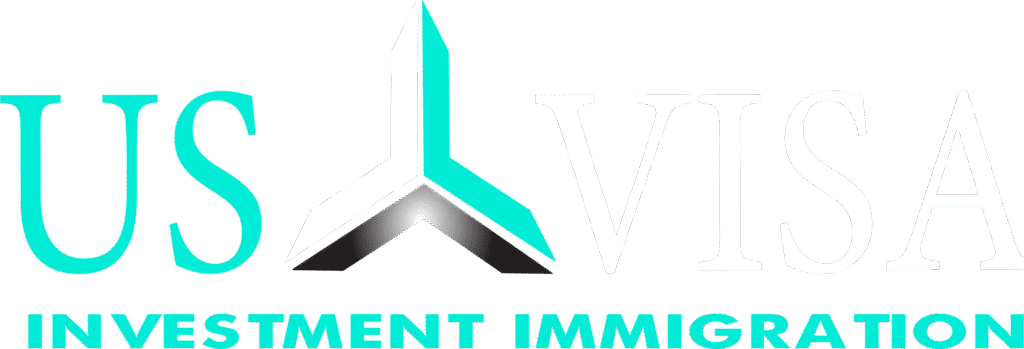Secured vs. Unsecured Loans
for EB-5 Applications
At U.S. Visa India Services, we specialize in helping clients navigate the complexities of Source of Funds and Path of Funds documentation. Our team works with you to:
Secured Loans
Definition
A secured loan is backed by collateral, such as real estate, a business, or other assets. If the borrower defaults on the loan, the lender can seize the collateral to recover the funds.
Advantages
Secured loans generally come with lower interest rates and better loan terms because they are less risky for the lender.
Risks
If the investment fails or the project does not meet its goals, the borrower may lose their collateral, which could include personal property or assets tied to the project.
Unsecured Loans
Definition
An unsecured loan is not backed by collateral. The lender has no claim on the borrower’s assets in case of default.
Advantages
The borrower’s personal assets are not at risk if the investment fails.
Risks
Unsecured loans typically come with higher interest rates because they present a higher risk for the lender. Also, obtaining an unsecured loan can be more difficult due to the lack of collateral.


